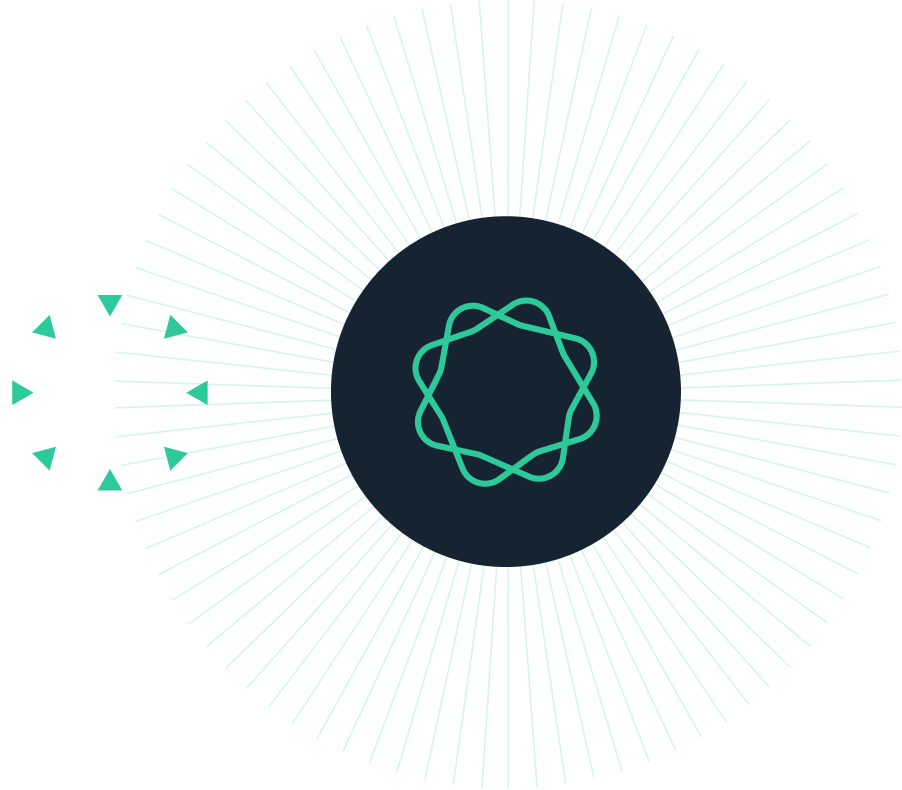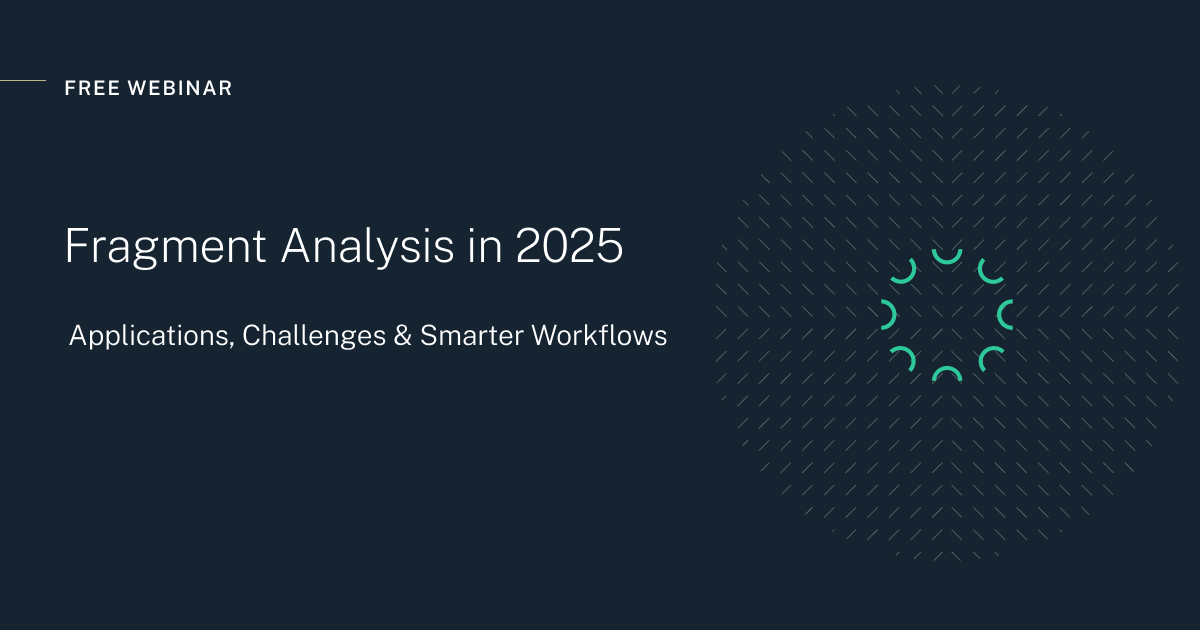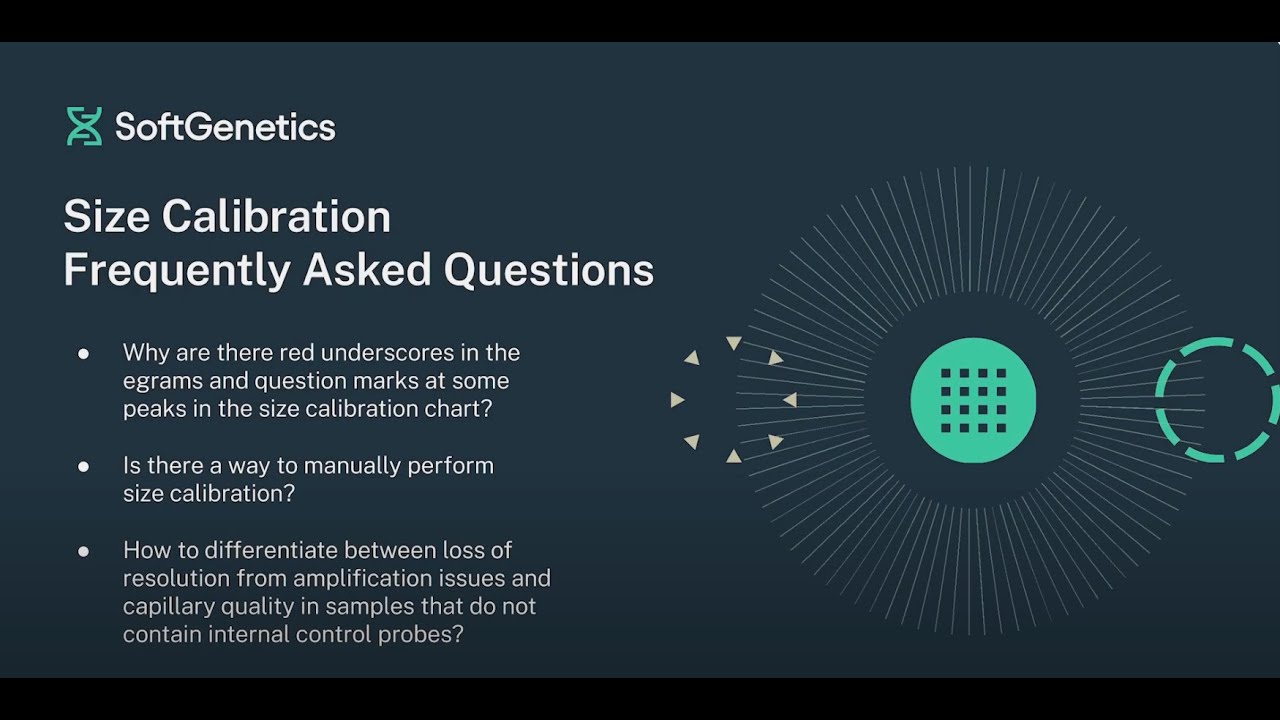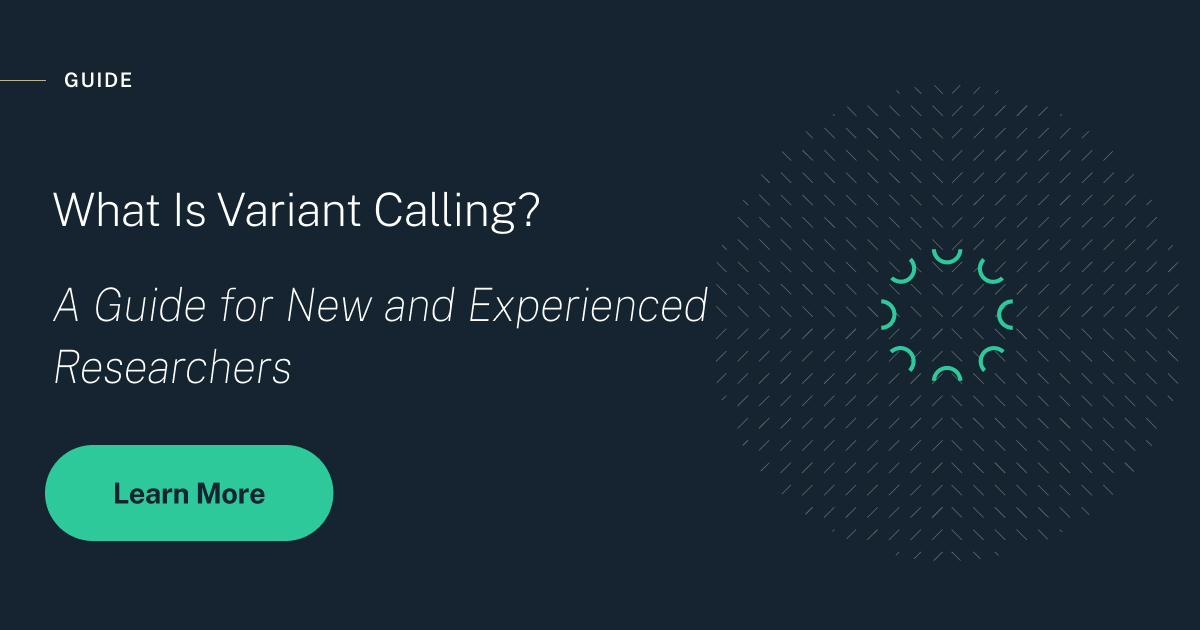Types of DNA Sequencing: When Should You Use Each?
DNA sequencing technologies have advanced dramatically in recent years. Researchers now have a toolkit ranging from Sanger sequencing to long-read platforms — each with strengths and trade-offs. Choosing the right method for your study is critical to balancing cost, throughput, and biological resolution.
This guide walks through the major types of DNA sequencing and when to use each.
1. Sanger Sequencing
Sanger sequencing, developed in the 1970s, remains the gold standard for small-scale, high-accuracy sequencing. It’s particularly valued for clinical confirmation and targeted variant analysis.
Best for:
- Single-gene or targeted sequencing
- Variant confirmation from NGS
- Low-throughput projects with high accuracy requirements
SoftGenetics Tip: Mutation Surveyor® provides automated, visually verifiable analysis for Sanger data. It’s widely used in clinical labs for its compliance-ready features and reliable mutation detection.
Request a free 35-day trial of SoftGenetics
2. Next-Generation Sequencing (NGS)
NGS offers massively parallel sequencing and supports both targeted and genome-wide analysis. It has revolutionized research in oncology, rare disease, infectious disease, and microbiome studies.
Best for:
-
High-throughput targeted panels
-
Whole-exome and whole-genome sequencing
-
Microbial diversity studies
-
CNV and fusion detection
SoftGenetics Tip: NextGENe® is designed to simplify NGS analysis without sacrificing power. It supports alignment, variant calling, CNV detection, and automated reporting in a user-friendly interface.
Start a free 35-day trial of SoftGenetics
3. Long-Read Sequencing (Third Generation)
Technologies like PacBio and Oxford Nanopore enable sequencing of long DNA fragments, which improves the resolution of structural variants and repeat regions.
Best for:
- Structural variant detection
- Repeat expansion disorders
- Full-length transcript and isoform sequencing
- De novo genome assemblies
SoftGenetics Tip: NextGENeLR™ provides dedicated support for long-read data. It features consensus polishing, SV visualization, and hybrid assembly support.
Learn More or Request a free 35-day trial of SoftGenetics
Advanced Consideration
Experienced labs may use Sanger sequencing alongside NGS in hybrid pipelines. For example, many clinical labs follow up all actionable variants with >5–10% VAF from NGS using Sanger for confirmation. Mutation Surveyor’s robust handling of mixed bases and compliance features (e.g., traceability, audit logs, and locked protocols) make it suitable for CLIA and CAP environments.
Advanced capabilities include:
- Side-by-side run comparisons for quality assurance
- Batch export of trace metrics for LIMS integration
- Custom reference support for mitochondrial or pathogen sequencing
- Automated QC scoring based on peak morphology and noise
For hybrid approaches, combining Mutation Surveyor with NextGENe or NextGENeLR supports complete workflows from discovery to validation.
Conclusion
Each sequencing method has its place. Sanger remains vital for small-scale and confirmatory work, NGS offers scalability and power, and long-read sequencing unlocks complex regions and structural variants. With tools from SoftGenetics, you can build streamlined, expert-driven workflows at every step.
Get started with SoftGenetics today
Start your free 35-day trial















